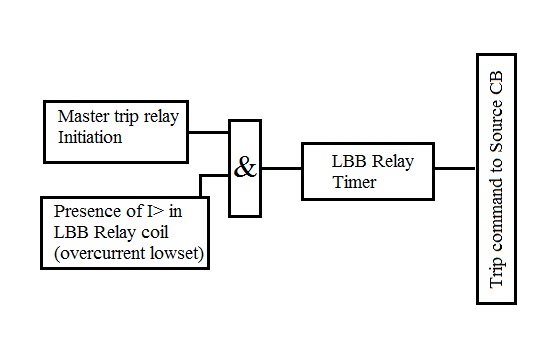Power factor!
Power factor !
We might have heard the word power factor earlier! Yes it can be simply define as the ratio of real power(KW) to the apparent power(KVA)
Denotes as "cosφ" where phi is the phase angle between voltage and current.
Power factor is only associated with alternating current, in AC system/circuits the impedance to the circuit is not only resistive, it may also have a part of inductive and capacitive reactance... That is in AC systems the total power transmitted from a source is not fully converted to useful work.. that is a fraction of the power is stored as magnetic energy in coils( transformers etc..) and electrostatic energy ( in capacitors etc..)
The power that does useful work can be said as active power( P) the other fraction of total power which does not do any useful work but helps the active power to do work is termed as reactive power(Q)!! .
The power that does useful work can be said as active power( P) the other fraction of total power which does not do any useful work but helps the active power to do work is termed as reactive power(Q)!! .
The above is power triangle which relates these active power, reactive power,apparent power and power factor angle.
The physical significance of reactive power is either the power stored in wounded coils such as transformers or induction motor as magnetic energy it is used to keep the coil magnetised while they do their relevant works. When the amount of inductive load in a system increases the power required to magnetise the coils also increases that means the reactive power consumption is also increased in this case the current lags voltage with some angle or we say lagging power factor. Similarly when the system is having more capacitive loads the current leads voltage and we say leading power factor!! A simple analogy for power factor is described in the picture below 😉!
The above picture clearly shows that reactive power is always associated with real power. But it is not used to do useful work. Apparent power or total power generated is combination of the both. But We are paying for both. For the foam too.... For less consumption of reactive power we go for power factor correction there are many methods used for achieving this.
1) capacitor bank: In power systems a shunt connected bank of capacitors provides some amount of leading current and hence the reactive power consumption is decremented.
2) synchronous condenser: It is a over exited synchronous motor which has the similar characteristics of a capacitor.
3)phase advancers.
How improved pf saves money: in power systems load with a low of draws more current than a load with high of for the same amount of power transferred. This increases the energy loss . So improved pf means saving 💰!!






Comments
Post a Comment